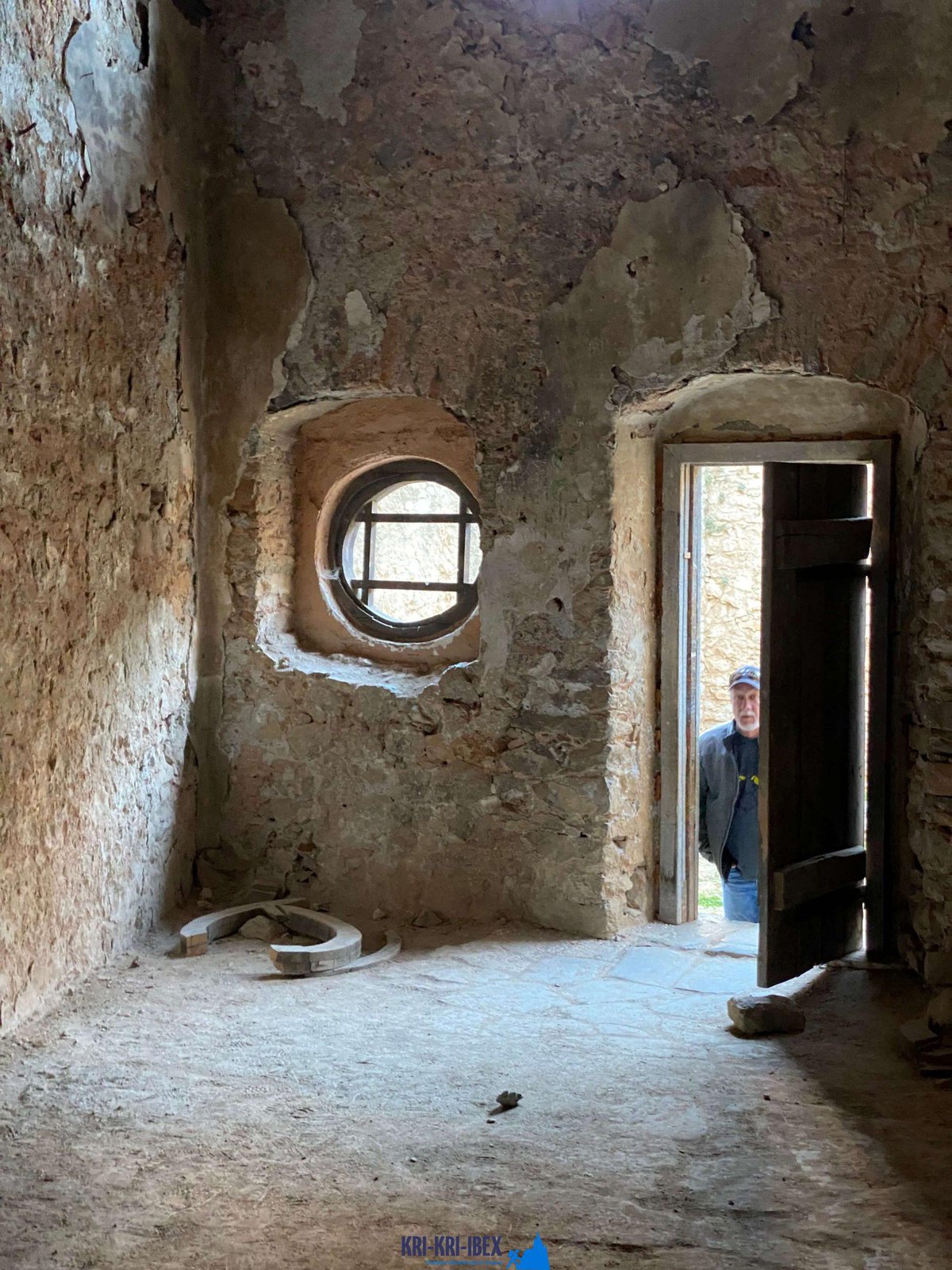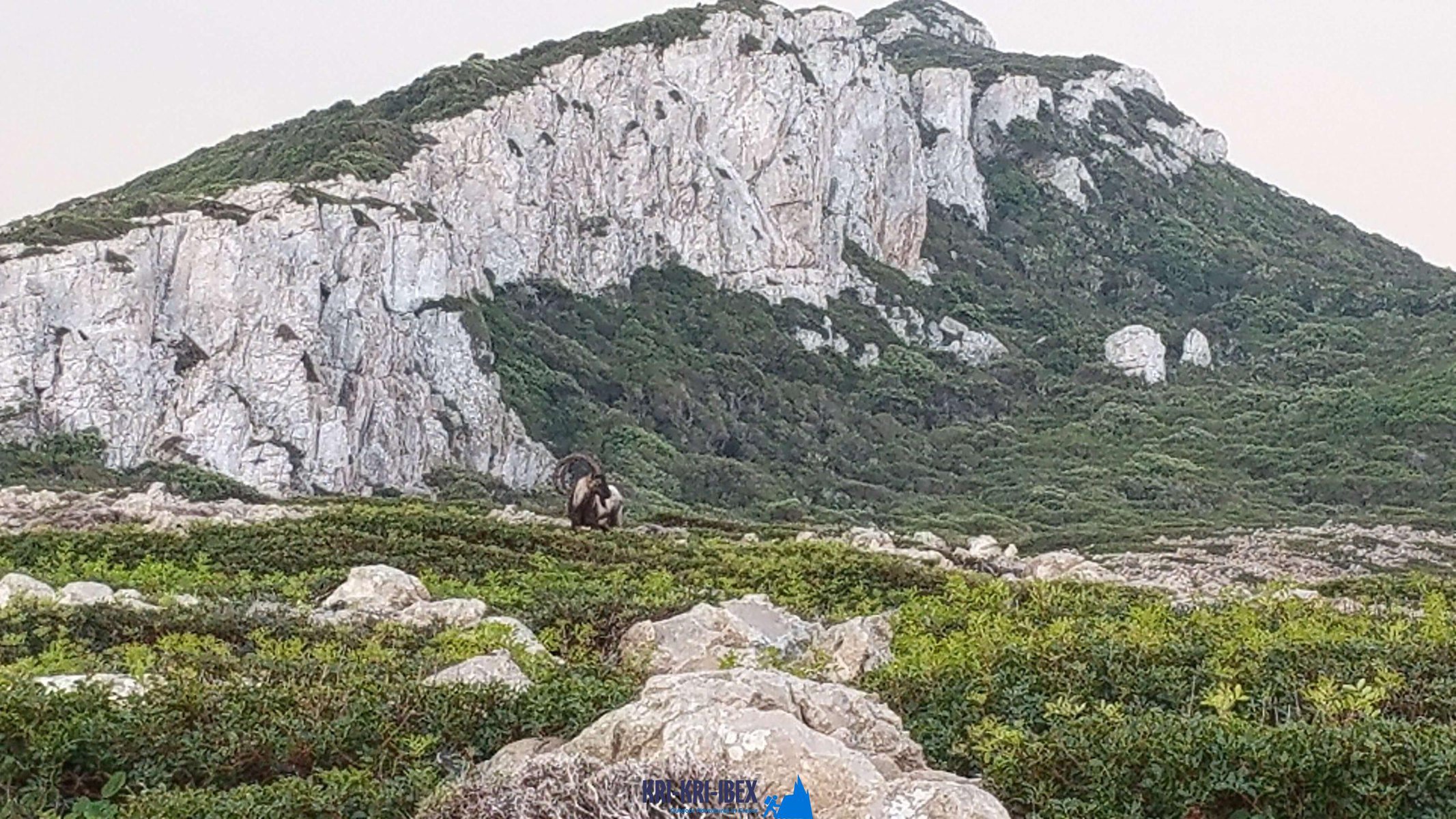A Tour of the 'Real' Greece - Peloponnese Outdoor Hunting, Fishing, and Free Diving Tours
A Tour of the 'Real' Greece - Peloponnese Outdoor Hunting, Fishing, and Free Diving Tours
Blog Article

The Peloponnese peninsula on the Greek Mainland is frequently described as the 'actual' Greece. This is since it has actually taken care of to stay reasonably unblemished by mass tourism and also keeps much of its standard appeal. Peloponnese is the area for you if you're looking for an authentic Greek experience. As well as what far better way to discover this lovely region than on among our outside hunting, angling, and cost-free diving trips?

This Ibex is not a diminutive form of the Bezoar Ibex, which has migrated to the western side of its array. The kri-kri (Capra aegagrus cretica), additionally referred to as the Cretan goat, Agrimi, or Cretan Ibex, is a wild goat indigenous to the Eastern Mediterranean. The kri-kri (Capra aegagrus cretica), a feral goat living in the East Mediterranean, was once thought to be a subspecies of wild goat. The kri-kri has a light brownish layer with a darker neck band. Their two sweeping horns climb from their head. The kri-kri is a careful and also shy pet in the wild, relaxing during the day. They can leap fars away or climb apparently sheer cliffs.
The Peloponnese is the southernmost part of landmass Greece and also could be thought about the "genuine" Greece to several. It offers a range of landscapes from magnificent coastlines, rocky shoreline dotted with small coves, medieval villages clinging to hill sides, rolling valleys and hillsides, olive groves as well as also vineyards. In in between lie remains of historic sites and ancient people dating back thousands of years. The environment right here is milder than in most other parts of Greece due mainly to its southerly area as well as also because it is bordered by water on 3 sides-- the Ionian Sea to the west, the Myrtoan Sea to the southwest and also the Saronic Gulf to the east. Because of this there are lots of sunlight hrs making it perfect for outside activities such as walking, climbing, kayaking in addition to swimming as well as watersports. You can quickly invest a month in this beautiful location without lacking things to do! Among our most popular tasks is fishing in Methoni. We offer half day or complete outing where you can attempt your hand at deep sea angling, bottom angling or trolling. You can additionally go spearfishing or free diving if you are currently certified. If you intend to learn exactly how to fish after that we can schedule lessons with one of our experienced instructors that will teach you all the basics. Angling is a great means to unwind and also take pleasure in nature at its finest. The crystal clear waters supply excellent visibility for finding fish as well as for seeing any sea animals that you may experience such as dolphins or turtles. It's likewise a great method to obtain some exercise while enjoying the fresh air and magnificent scenery. Our Peloponnese tours take you off the beaten track to check out some of the lesser well-known gems of this attractive area. Our scenic tours are made for small teams so that you can obtain an extra intimate experience as well as truly learn more about your travel companion. You will remain in family run holiday accommodation where feasible so that you can experience typical Greek hospitality at its finest. We use local overviews who are specialists in their field as well as who will certainly share their understanding and also passion for this impressive area with you. Our excursions are active so be prepared to do some strolling or walking yet we guarantee it will deserve it! Highlights consist of visits to ancient websites such as Mycenae, Olympia (the birth area of the Olympic Games) and also Epidaurus-- just among others. You will certainly also reach experience standard Greek village life, swim in covert coves, explore middle ages castles perched on hills with impressive views as well as a lot more!
If you're trying to find a genuine Greek experience, after that look no more than our exterior searching in Greece with fishing, and complimentary diving scenic tours of Peloponnese. This is a remarkable way to see every little thing that this impressive area needs to provide. Book your scenic tour today!
What is the diference between Kri Kri ibex, Bezoar ibex and hybrid ibex
The kri-kri is not thought to be indigenous to Crete, most likely having been imported to the island during the time of the Minoan civilization. Nevertheless, it is found nowhere else and is therefore endemic to Crete. It was common throughout the Aegean but the peaks of the 8,000 ft (2,400 m) White Mountains of Western Crete are their last strongholds–particularly a series of almost vertical 3,000 ft (900 m) cliffs called ‘the Untrodden’—at the head of the Samaria Gorge. This mountain range, which hosts another 14 endemic animal species, is protected as a UNESCO Biosphere Reserve. In total, their range extends to the White Mountains, the Samaria National Forest and the islets of Dia, Thodorou, and Agii Pandes.
This Ibex is NOT a diminutive form of the Bezoar Ibex, which has migrated into the western-most reach of the range of this species. The kri – kri (Capra aegagrus cretica), sometimes called the Cretan goat, Agrimi, or Cretan Ibex, is a feral goat inhabiting the Eastern Mediterranean, previously considered a subspecies of wild goat. The kri-kri has a light brownish coat with a darker band around its neck. It has two horns that sweep back from the head. In the wild they are shy and avoid tourists, resting during the day. The animal can leap some distance or climb seemingly sheer cliffs.
“The agrimi goat Capra aegagrus cretica is unique to Crete and its offshore islands. It has been identi®ed as a sub-species of the wild bezoar goat Capra aegagrus aegagrus Erxleben, 1777, which it closely resembles in horn shape, body form and coloration. This classi®cation has been disputed by some researchers who claim that the agrimi are feral goats, derived from early domestic stock brought to the island by the ®rst Neolithic settlers. In order to clarify this issue, DNA analyses (cytochrome b and D loop sequences) were carried out on tissue of live and skeletonized agrimi and compared to sequences of wild and domestic caprines. Results conclusively show the agrimi to be a feral animal, that clades with domestic goats (Capra hircus) rather than with wild Asiatic bezoar. This study demonstrates that morphometric criteria do not necessarily re¯ect genetic af®nities, and that the taxonomic classi®cation of agrimi should be revised.”
Report this page